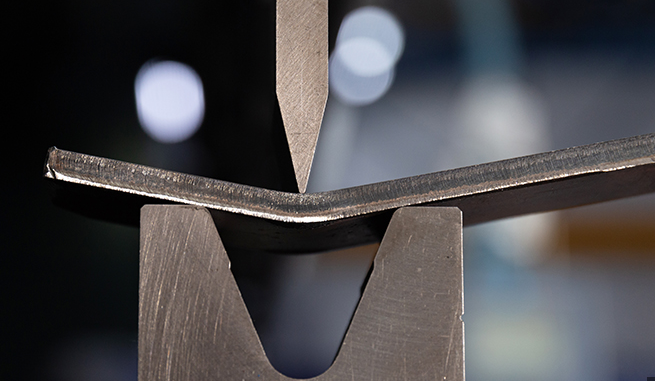Blog Posts
Anti-spatter sprays containing a mix of 60% solvents and 40% lubricants effectively reduce spatter stickiness by up to 70%, creating a durable barrier on welding
- blog
- July 29, 2024
- 2:40 am
To reduce spatter in flux core welding, adjust the voltage to 18-22 volts and current to 120-150 amps, ensuring clean surfaces and using anti-spatter spray
- blog
- July 22, 2024
- 3:36 am
Only about 50% of MIG welders support flux core wire. Ensure your welder supports DCEN and has a stable wire feed system for optimal results.
- blog
- July 17, 2024
- 6:31 am
The “G” in welding positions 1G, 2G, 5G, and 6G stands for “groove.” This classification relates to the orientation and type of the joint being
- blog
- July 9, 2024
- 6:42 am
In welding, “G” stands for groove weld positions, labeled 1G, 2G, 3G, and 4G, representing flat, horizontal, vertical, and overhead welding respectively. Each position requires
- blog
- July 2, 2024
- 3:44 am
The five best basic welds include Fillet, Groove, Butt, Spot, and Seam welds, each essential for tasks ranging from simple sheet metal work to constructing
- blog
- June 24, 2024
- 3:44 am
The five key variables of welding include current (90-200 amperes), voltage (20-40 volts), welding speed (12-18 inches per minute), type and flow of shielding gas
- blog
- June 17, 2024
- 6:50 am
The five key welding parameters are current (40-200 amperes), voltage (18-29 volts), travel speed (8-18 inches per minute), electrode type (e.g., E6013, E7018), and shielding
- blog
- June 11, 2024
- 8:01 am
Set voltage 15-19 volts, amperage 30-40 amps for 24 gauge metal. Wire feed speed should be 100-300 IPM using 0.023 or 0.030 inch wire. Maintain
- blog
- June 3, 2024
- 8:01 am
MIG welding requires external gas and is cleaner, ideal for thin materials. FCAW is versatile, self-shielded, better for thick materials and outdoor use, faster, and
- blog
- May 27, 2024
- 6:17 am
Acetylene’s disadvantages: highly flammable (2.5%-82% range), unstable above 15 psi, higher costs ($200/month vs. $100 for propane), and toxicity requiring $1,500 detectors. Highly Flammable The
- blog
- May 18, 2024
- 8:20 am
To strengthen welds, use post-weld heat treatment to reduce residual stress, improve toughness by 30%, and limit grain growth. Altered Microstructure Welding exerts substantial influence
- blog
- May 13, 2024
- 6:00 am











